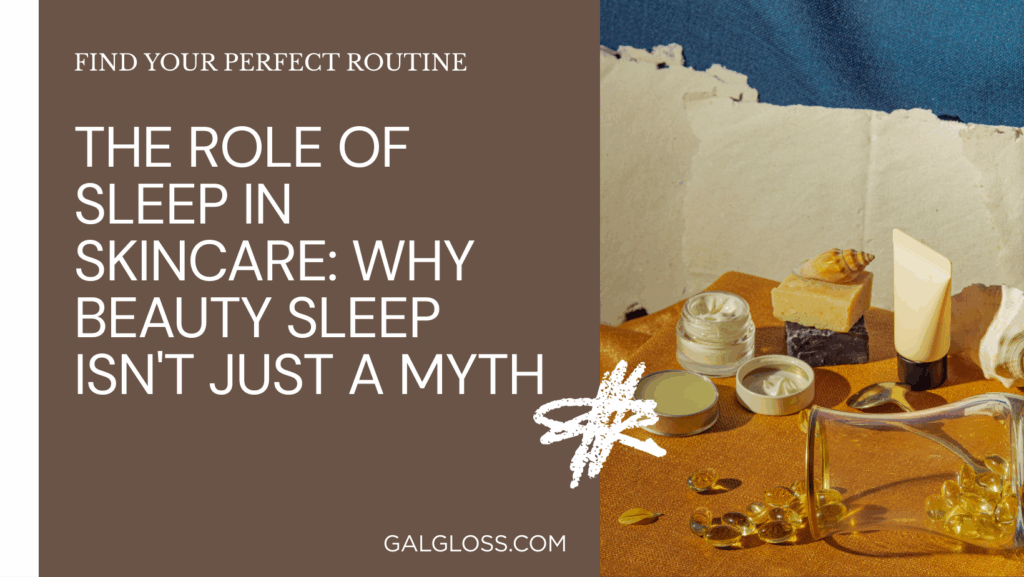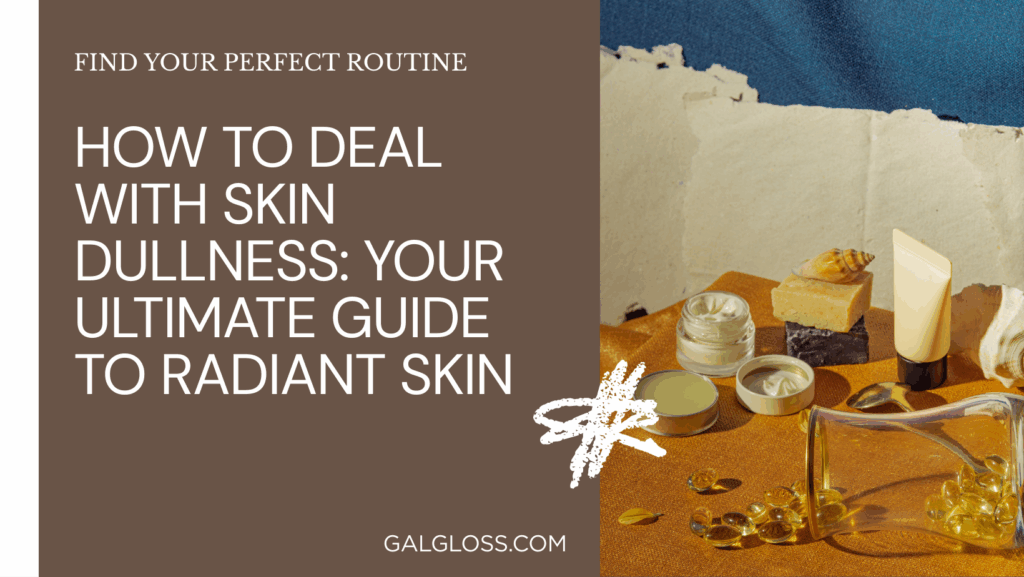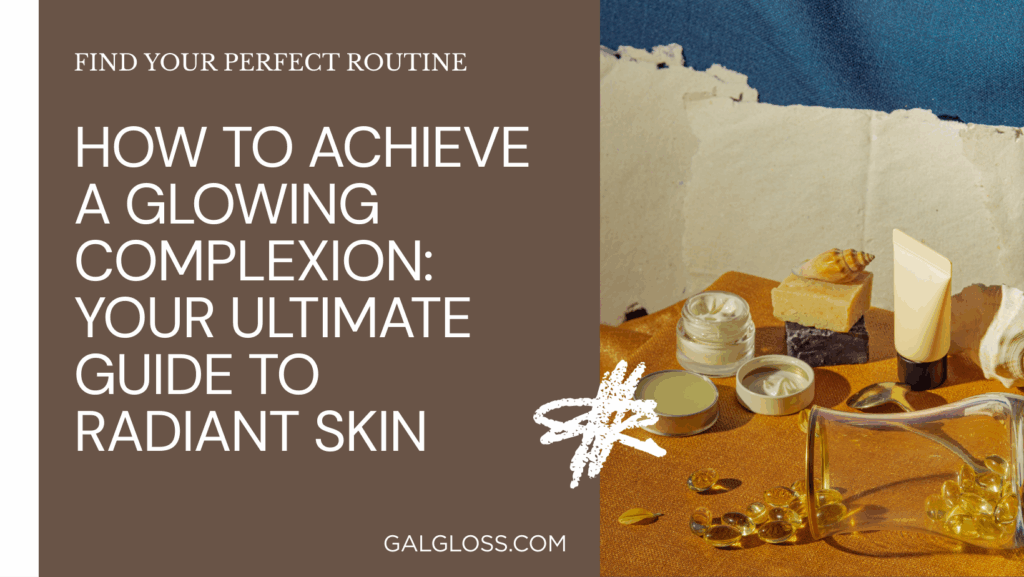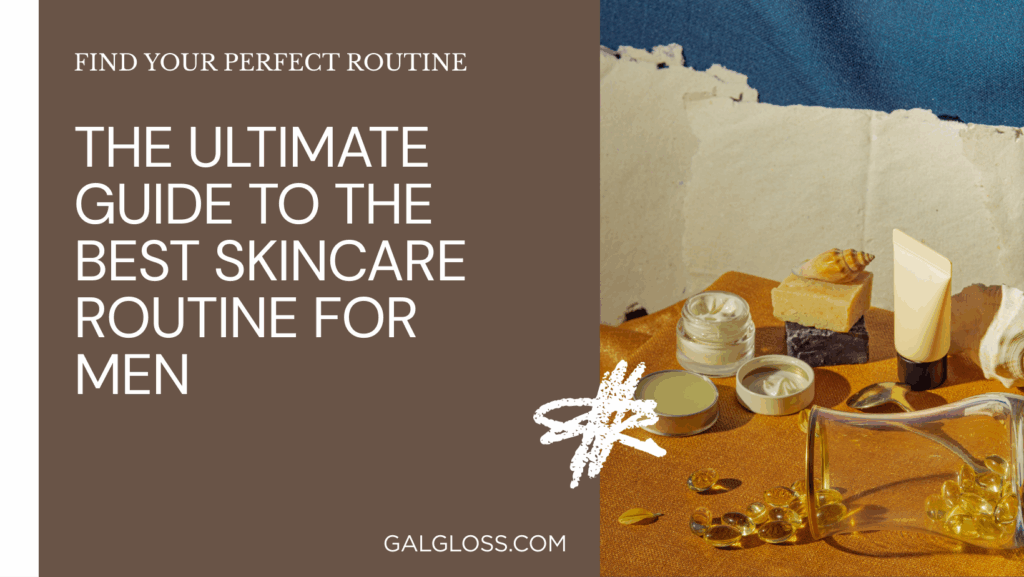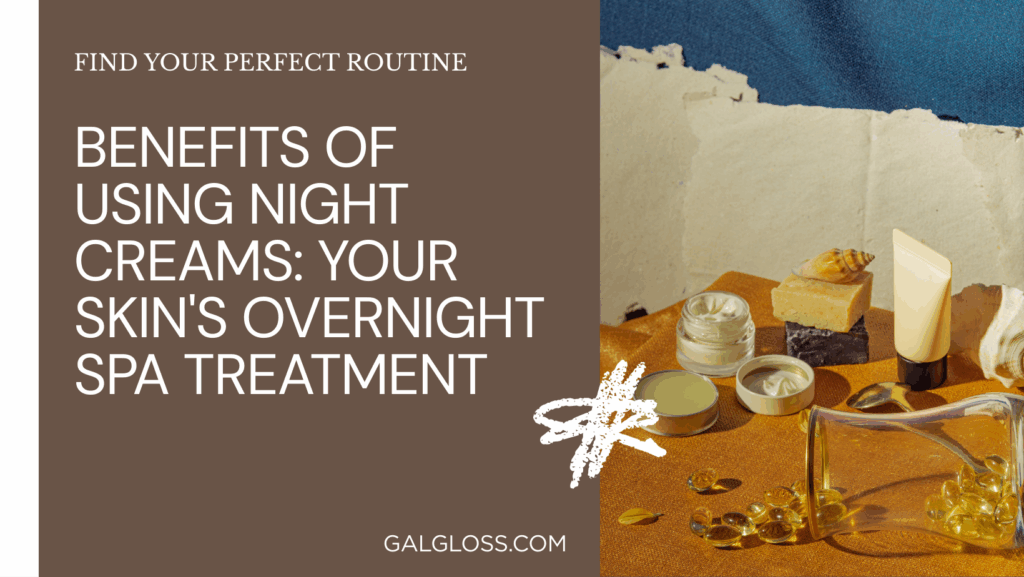Ever wondered how celebs maintain that flawless, youthful glow? Well, I’ve got a secret to spill – it’s all about chemical peels! These skin-transforming treatments have been around for ages, but they’re having a major moment right now. And trust me, it’s for good reason.
So, what exactly are chemical peels? Think of them as super-powered exfoliants that strip away dull, damaged layers of skin to reveal the fresh, radiant complexion hiding underneath. It’s like hitting the reset button on your face!
Chemical peels have come a long way since Cleopatra’s milk baths (yep, that was an early version!). Today, they’re a go-to for anyone looking to tackle everything from pesky acne scars to stubborn wrinkles. And the best part? There’s a peel for every skin type and concern.
Ready to dive deeper into the world of chemical peels and discover how they can revolutionize your skincare game? Let’s peel back the layers (pun totally intended) and explore the amazing benefits that have everyone buzzing about this treatment.
Understanding Chemical Peels: The Basics
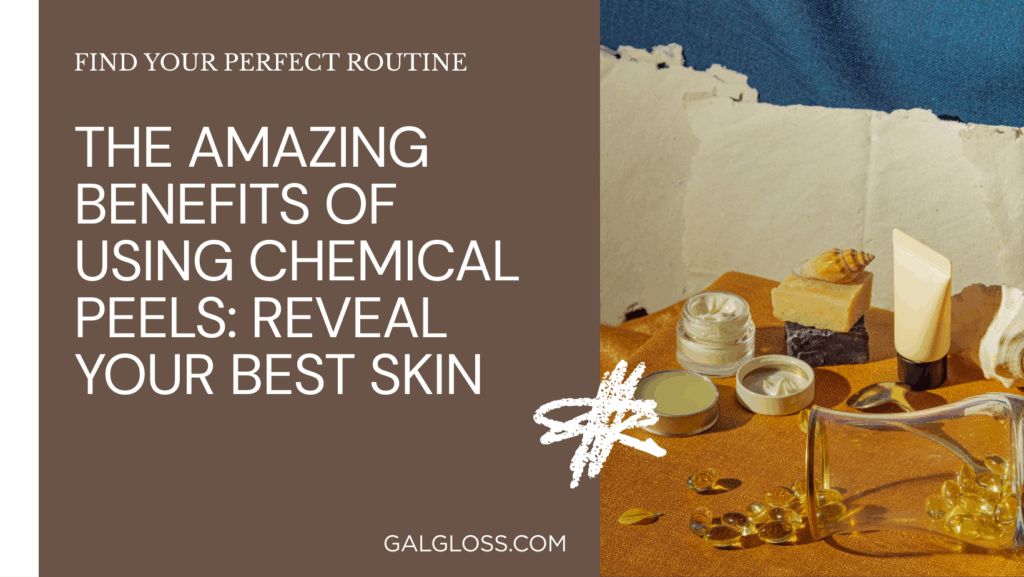
Before we jump into the benefits, let’s break down how chemical peels work. Imagine your skin as a multi-layered cake. A chemical peel is like a skilled pastry chef, carefully removing the top layers to reveal the fresh, unblemished layers beneath.
How do they do this magic trick? It’s all about acids – but don’t freak out! These aren’t the scary kind. Chemical peels use carefully formulated solutions of alpha-hydroxy acids (AHAs), beta-hydroxy acids (BHAs), or other skin-friendly acids to dissolve the bonds between dead skin cells. This process triggers your skin’s natural healing response, kickstarting collagen production and cell turnover.
There are three main types of chemical peels:
- Light peels: The gentle exfoliators
- Medium peels: The middle-ground multitaskers
- Deep peels: The heavy-duty transformers
Each type penetrates to a different depth of the skin, targeting various concerns. Your dermatologist can help you choose the right one for your needs.
Top 10 Benefits of Chemical Peels: Why Your Skin Will Thank You
Now, let’s get to the good stuff – the benefits! Here’s why chemical peels are the unsung heroes of the skincare world:
- Improves skin texture: Say goodbye to rough, bumpy skin! Chemical peels slough off dead cells, leaving your skin smoother than a baby’s bottom.
- Reduces fine lines and wrinkles: Who needs a time machine? Chemical peels stimulate collagen production, helping to plump up fine lines and soften wrinkles.
- Treats acne and acne scars: Struggling with breakouts or leftover scars? Chemical peels can help clear pores and fade those pesky reminders of acne past.
- Evens out skin tone: Bye-bye, blotchy skin! Peels can help fade dark spots and even out your complexion for a more uniform look.
- Boosts collagen production: Think of collagen as your skin’s support system. Chemical peels give it a much-needed boost, leading to firmer, more youthful-looking skin.
- Enhances product absorption: By removing dead skin cells, peels help your other skincare products penetrate deeper and work more effectively. It’s like clearing a path for your serums and moisturizers!
- Minimizes pore size: While you can’t actually shrink your pores, chemical peels can help them appear smaller by clearing out the gunk that makes them look larger.
- Removes sun damage and age spots: Those pesky signs of too much fun in the sun? Chemical peels can help fade them, giving you a more even-toned complexion.
- Brightens complexion: Want that lit-from-within glow? Chemical peels remove dull surface cells, revealing the brighter skin beneath.
- Stimulates cell turnover: Out with the old, in with the new! Chemical peels speed up your skin’s natural renewal process, keeping your complexion fresh and vibrant.
Who Can Benefit from Chemical Peels?
The beauty of chemical peels is their versatility. Whether you’re a teenager battling acne or someone in their golden years looking to turn back the clock, there’s likely a chemical peel that can help. Here’s a quick rundown:
- Acne-prone skin: Salicylic acid peels can work wonders for clearing pores and reducing breakouts.
- Mature skin: Glycolic acid peels are great for boosting collagen and addressing fine lines.
- Hyperpigmentation: TCA peels can help even out skin tone and fade dark spots.
- Sensitive skin: Lactic acid peels are gentler and can provide exfoliation without irritation.
Remember, it’s always best to consult with a dermatologist to determine the best type of peel for your specific skin concerns and type.
The Chemical Peel Process: What to Expect
Curious about what actually happens during a chemical peel? Let’s walk through the process:
- Preparation: Your skin will be cleansed thoroughly to remove any oils or debris.
- Application: The peel solution is applied to your skin. You might feel a slight tingling or warming sensation – that’s normal!
- Timing: The solution is left on for a specific amount of time, depending on the type of peel and your skin’s needs.
- Neutralization: For some peels, a neutralizing solution is applied to stop the acid’s action.
- Removal: The peel is washed off, and a soothing moisturizer or mask may be applied.
- Aftercare: Your skincare professional will give you specific instructions for caring for your skin post-peel.
Potential Side Effects and Risks: Knowledge is Power
While chemical peels are generally safe, it’s important to be aware of potential side effects:
- Redness and mild irritation (common and usually temporary)
- Dryness and peeling (part of the process!)
- Temporary darkening or lightening of the skin
- Increased sun sensitivity
In rare cases, more serious side effects like infection or scarring can occur. That’s why it’s crucial to have your peel done by a qualified professional and follow all aftercare instructions to the letter.
Chemical Peels vs. Other Skin Treatments: How Do They Stack Up?
Chemical peels aren’t the only game in town when it comes to skin rejuvenation. Let’s see how they compare to other popular treatments:
- Microdermabrasion: This uses physical exfoliation instead of chemicals. It’s gentler but may not penetrate as deeply as chemical peels.
- Laser treatments: These can target specific concerns more precisely but often require more downtime and can be more expensive.
- Facials: While relaxing and beneficial, traditional facials don’t provide the same level of exfoliation and renewal as chemical peels.
Choosing the Right Chemical Peel: Finding Your Perfect Match
With so many options out there, how do you choose the right chemical peel? Here are some factors to consider:
- Your skin type and concerns
- The level of downtime you can manage
- Your skincare goals
- Your budget
While there are at-home peel products available, for best results (and safety!), it’s wise to start with professional treatments. A skincare expert can assess your skin and recommend the most appropriate peel for your needs.
Frequency and Maintenance: Keeping That Glow Going
How often should you get a chemical peel? It depends on the type of peel and your skin’s needs. Here’s a general guideline:
- Light peels: Every 2-5 weeks
- Medium peels: Every 3-9 months
- Deep peels: Usually a one-time treatment
Remember, chemical peels are just one part of a comprehensive skincare routine. To maintain your results, you’ll need to:
- Use sunscreen daily (this is non-negotiable!)
- Follow a consistent skincare routine
- Stay hydrated and eat a balanced diet
- Avoid picking or scratching at your skin
Cost Considerations: Investing in Your Skin
The cost of chemical peels can vary widely depending on the type of peel, the professional performing it, and your location. Here’s a rough breakdown:
- Light peels: $150-$300 per session
- Medium peels: $250-$500 per session
- Deep peels: $3,000-$6,000 (but remember, this is usually a one-time treatment)
While chemical peels aren’t typically covered by insurance, many providers offer package deals or financing options. Think of it as an investment in your skin’s health and your confidence!
FAQs About Chemical Peels
Still have questions? Here are some common ones:
Q: Are chemical peels painful? A: Most people experience mild discomfort at most. It’s often described as a slight stinging or tingling sensation.
Q: How long does it take to see results? A: You may notice some improvement immediately, but full results usually develop over several days to weeks as your skin heals and renews itself.
Q: Can I wear makeup after a chemical peel? A: It’s best to give your skin a break from makeup for at least 24 hours after a peel. After that, follow your provider’s instructions.
Q: Are chemical peels safe for all skin tones? A: When done properly, chemical peels can be safe for all skin tones. However, darker skin tones may be at higher risk for post-inflammatory hyperpigmentation, so it’s crucial to work with a professional experienced in treating diverse skin types.
Conclusion: Unveil Your Best Skin with Chemical Peels
Chemical peels aren’t just another beauty fad – they’re a tried-and-true method for revealing healthier, more radiant skin. From tackling acne to turning back the clock on aging, these powerful treatments can address a wide range of skin concerns.
Remember, everyone’s skin is unique, and what works for one person might not be the best choice for another. That’s why it’s so important to consult with a skincare professional before diving into the world of chemical peels.
Ready to take the plunge? Your best skin is waiting to be revealed! Schedule a consultation with a dermatologist or licensed esthetician to discover how chemical peels can transform your complexion. Trust me, your future glowing self will thank you!
